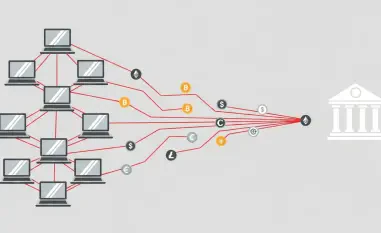Threat Intelligence
In the rapidly shifting arena of mobile cybersecurity, a staggering statistic sets the stage for concern: over 239 malicious apps have been downloaded 42 million times on Google Play in a recent 12-month period, highlighting the scale of the threat. Among these dangers, a new Android remote access

In an era where cyberthreats evolve at an unprecedented pace, the emergence of AI-powered malware marks a chilling new chapter in digital warfare, challenging the very foundation of cybersecurity. Imagine a malicious program that doesn’t just hide from antivirus software but actively rewrites i

In an era where digital infrastructure underpins nearly every aspect of daily life, the escalating sophistication of cyber threats poses an unprecedented challenge to organizations worldwide, demanding constant vigilance and adaptation. The Open Web Application Security Project (OWASP) has released

Meet Malik Haidar, a renowned cybersecurity expert who has spent years safeguarding multinational corporations from digital threats and hackers. With a deep background in analytics, intelligence, and security, Malik uniquely blends technical expertise with a business-oriented approach to

Unveiling the Hidden Threat in Browser Tools In today's digital landscape, browser extensions have become indispensable for millions of users, streamlining tasks and boosting productivity with just a few clicks. However, a staggering statistic reveals a darker side: over 60% of enterprise data

In a chilling development, a North Korea-linked hacking group known as Konni has turned a trusted tool, Google’s Find My Device, into a weapon for remotely wiping data from Android devices, sending shockwaves through the cybersecurity community. This alarming tactic, combined with sophisticated a














